Se il paesaggio è simbolico
- When: May 12, 2023 - June 30, 2023
- this event is ended
- Place: Trento, Boccanera Gallery
- Region: Trentino Alto Adige
Contemporary artArt Exhibitions in Trento
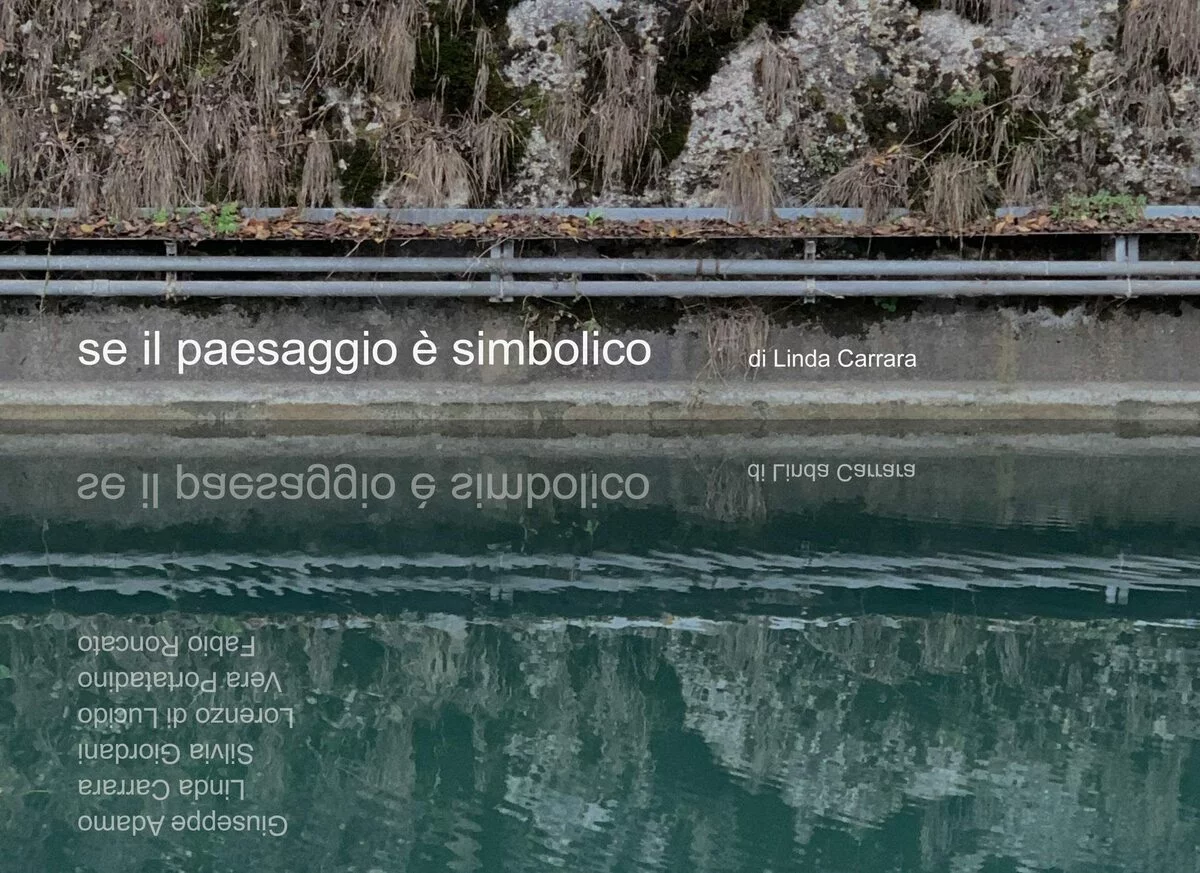
After the great success enjoyed among public and critics alike, Se il paesaggio è simbolico, a collective exhibition held at the Boccanera Gallery in Milan from 26 January to 11 March 2023, will move to the Trentino venue from 12 May to 30 June 2023.
The exhibition was conceived by the artist Linda Carrara, who has been collaborating with Boccanera Gallery for years and who decided to open up her solo show to dialogue with other artists whom she considers akin to her own poetic research, as well as to her way of working, acting and thinking.
“I like the idea that the invitation to stage a solo show has turned into a collective project, which, like the historical avant-gardes, has created a sort of current, bringing together artists who share the same expressive intentions” explains gallery owner Giorgia Lucchi Boccanera.
The exhibition will be enriched by recent major works by the artists Linda Carrara, Giuseppe Adamo, Lorenzo di Lucido, Silvia Giordani, Vera Portatadino and Fabio Roncato, who find their natural dimension in the spacious rooms of the Trento gallery.
“So what is the landscape’s secret today, and how is the artist inclined to see it? For centuries, the landscape has been the sublime element of art, the magical and symbolic material of a heavenly place, and it has aroused amazement by virtue of nature and its beauty. I repeatedly ask myself this, and for some time now, I have seen a shared interest in nature and the events of its creation. No longer the observed landscape, the landscape of the horizon that stands out in front of us. No longer the horizontality that places us outside as observers of the scene, but the total immersion in the landscape and our being part of it as a molecule. Thus, the main character becomes the landscape’s vertigo, which places us inside it as equals or rather as nature’s children, flesh of her flesh, of its womb and from which men draw life and benefit.”... read the rest of the article»
These are the words of Linda Carrara, which also explain the choice behind the title of the exhibition, which she herself decided on: If the Landscape is Symbolic.
Se il paesaggio è simbolico deals with the themes of matter, in universal and artistic terms, and creation, both within the natural elements and human actions. The exhibition investigates the matter transformation through an alchemical-like process of art-making, exploiting and collaborating with the true essence of Nature in order to give life to something else, creating a threshold for the afterlife but also what is below the surface of the visible.
In Se il paesaggio è simbolico, the landscape representation is converted, sediments and changes following the natural laws of erosion and randomness, moulding itself according to the principles of geology and natural events.
Linda Carrara (Bergamo, 1984) proposes an acute metalinguistic research on pictorial technique, investigating nature as a generating and inspiration source for her still-lives and landscape vision. In her most recent work, she aims at the essentiality abandoning the classical figuration and remaining in an indefinite limbo between two realities. Her works model the pictorial material rather than paint it, evoking almost primordial visions and experiences. With the frottage technique, mainly used through oil on canvas, Carrara creates allusions to places, worlds and materials without providing a visual representation but directly stealing forms from the landscape. This technique makes us lose in the matter of nature and in the painting itself.
Giuseppe Adamo (Alcamo – Trapani, 1982) - represented by RizzutoGallery - proposes works characterised by a free pictorial language of narrative necessities, moving along the ridge between figuration and abstraction. His works are smooth and polished surfaces, devoid of material thickness, from which three-dimensional shapes emerge through a very fluid painting, overlapping, transparencies and tonal variations. The work seems to be both an exploration under the microscope and a bird’s eye view, a recording of geographical maps: the ultra-flat image overturns in an almost rocky density, the monochrome matter clings to the possibility of a pattern closed, a form stranded in the pictorial plot between the nature archaeology and hallucination, proposing perceptive deceptions.
Lorenzo di Lucido (Penne - Pesaro, 1983) has developed a work cycle that focuses on the fundamentals of looking at images, in which the key elements are light and surface. For di Lucido, pictures on the painted surface have reached a certain degree of tension. Thus the painting might also be made by juxtaposed signs without a continuity solution until they obtain a degree of tension suitable for sufficient pictorial quality. His oil paintings’ layers expand over time, using different shades of green to get a colour that can simultaneously absorb and reject the light. They are works designed exclusively for the human tactile and eye’s capabilities, in which photographic reproduction is rejected and often questioned.
Silvia Giordani (Vicenza, 1992) focuses on landscape and its alteration through pictorial practice. Her paintings result from the reworking of collected objects in a virtual archive. The reblended forms are placed in open and suspended places, creating a new perspective of nature through flat or gradient backgrounds and cancelling out the area specificity. Giordani’s research focuses on the definition of forms and their complementary relationship with space.
Vera Portatadino’s practice (Varese, 1984) situates in the anti-narrative field, in which the ideas of figuration and abstraction turn out to be ineffective categories. Her works don’t illustrate or explain but evoke and suggest, turning the painting grammar into an object of study. Portatadino works on canvases and wooden boards through a philosophical and contemplative gaze, building textures and patterns on which specific elements crystallise. Her artworks raise questions about the relationship between human beings, time and nature through an ecological perspective. The ideas of beauty, pleasure, transience and an obsession with the marginal characterise her theoretical research.
Fabio Roncato (Rimini, 1982) focuses on visual representation boundaries, investigating forms, elements, nature and contemporaneity’s energies. His purpose is to lead the artistic practice within the critical issues related to the relationship between reality understanding and perception limits imposed by the senses. Therefore the artworks are always unpredictable due to their spontaneous modelling. Within his artistic practice, imagination plays a decisive role.
Title: Se il paesaggio è simbolico
Opening: May 12, 2023
Ending: June 30, 2023
Organization: Boccanera Gallery
Curator: Linda Carrara
Place: Trento, Boccanera Gallery
Address: via Alto Adige 176, Trento
More info on this website: https://boccaneragallery.com/
Other exhibitions in Trento and province
Art and Fascism
From April 14th to September 1st, 2024, the Mart in Rovereto presents the exhibition "Art and Fascism," which investigates how the fascist regime influenced Italian figurative production. read more»
Contemporary artexhibitions Trento
Andrea Fontanari. The monumental ordinary
Boccanera Gallery presents The monumental ordinary, the new solo exhibition of the Trentino artist Andrea Fontanari (Trento, 1996). read more»
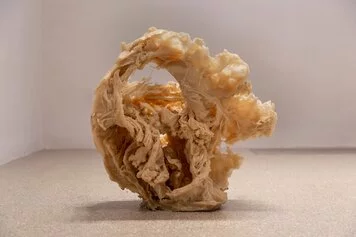
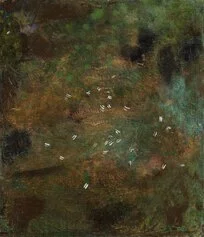
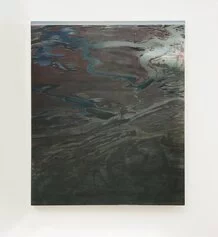
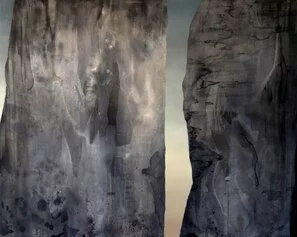

 itinerarinellarte.it è un sito che parla di arte in Italia coinvolgendo utenti, musei, gallerie, artisti e luoghi d'arte.
itinerarinellarte.it è un sito che parla di arte in Italia coinvolgendo utenti, musei, gallerie, artisti e luoghi d'arte.